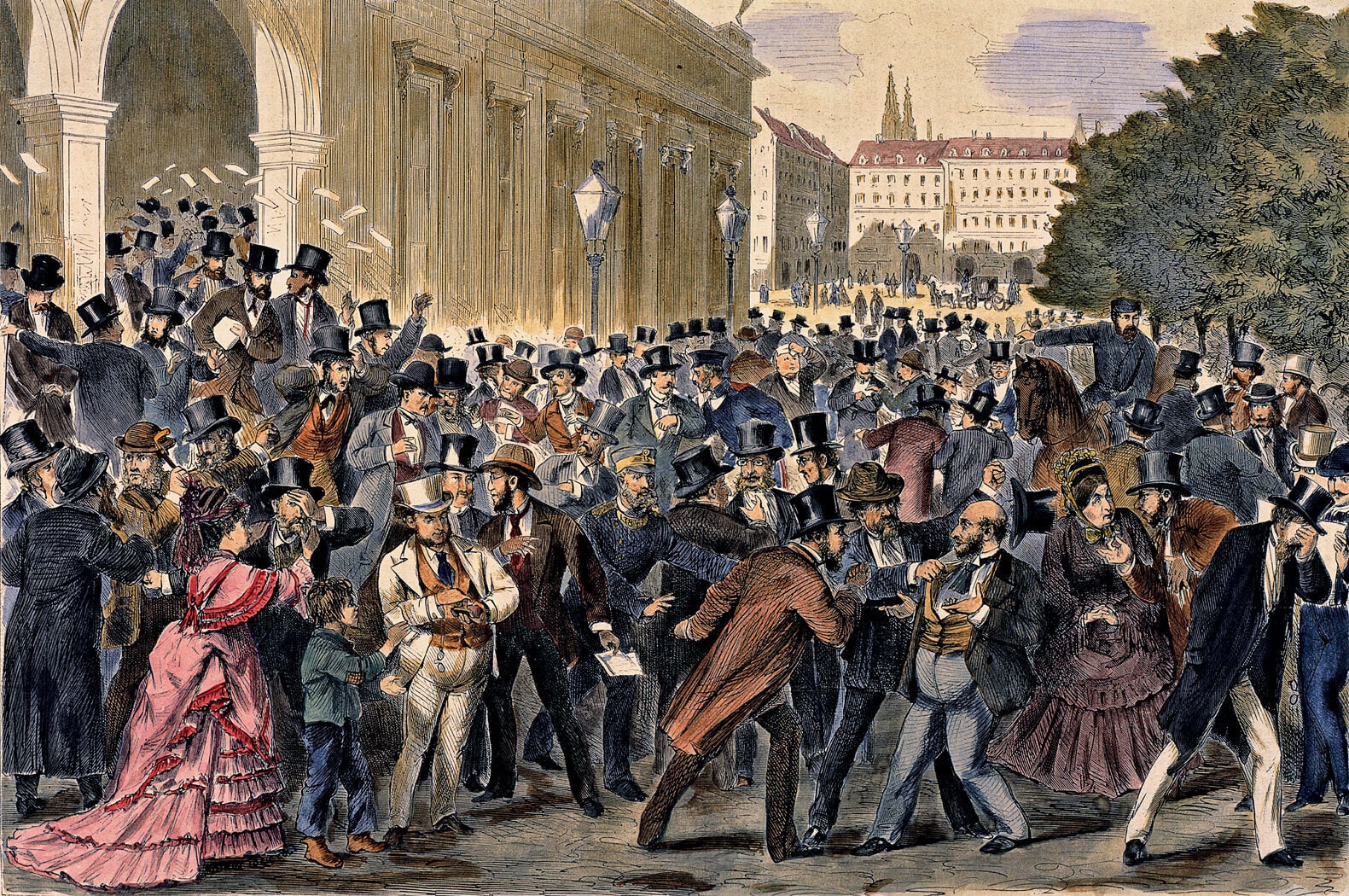Can the BRICS escape the middle-income trap?

Stay up to date:
Economic Progress
A few years ago, pundits and policymakers were predicting that the BRICS countries – Brazil, Russia, India, China, and South Africa – would be the new engines of global growth. Naive extrapolation of rapid growth led many people to imagine an ever-brighter future for these economies – and, thanks to them, for the rest of the world as well.
But now the bloom is off the rose. The economies of Brazil and Russia are contracting, while those of China and South Africa have slowed substantially. Only India’s growth rate has stayed up, now slightly exceeding China’s. Will the BRICS fulfill their former promise? Or are continued problems inevitable?
Given that low-income economies typically have little fixed capital (computers, factories, infrastructure) and human capital (education and training) per worker, they tend to have higher potential returns to capital investment. That means they can grow more rapidly than wealthier economies, until their per capita income catches up.
While China, India, and Brazil still have very large rural populations, they have made great strides in reducing poverty, with several hundred million people (the largest proportion in China), escaping it in the last few decades. And these countries’ middle classes are growing fast as well.
Rapid progress in the emerging economies has contributed to economic pessimism in Europe and North America. After all, the developing economies’ combined GDP now exceeds that of the advanced economies – a situation that would have been unimaginable a generation ago.
Moreover, the hundreds of millions of low-cost workers who joined the global labor force when China, India, and Eastern Europe opened their economies are still putting pressure on the wages of all but the most skilled workers in the advanced economies. As the Nobel laureate economist Paul Samuelson observed in 1948, international trade leads to factor-price equalization, with wages, adjusted for skill levels, equilibrating across countries.
But, for the BRICS, continued rapid progress may become more difficult. Experience shows that there is a point – usually when per capita income levels reach about $15,000-20,000 (roughly one-third the level in the United States) – when growth tends to slow. In recent decades, only a few economies – notably, South Korea, Taiwan, and Singapore – have managed to escape the so-called “middle-income trap” and continue to increase their prosperity.
Beyond the problems that almost all developing economies confront – for example, weak institutions and poor governance – each of the BRICS countries faces a unique set of challenges. For example, Brazil must contend with a recession, low oil prices, and an unprecedented corruption scandal at Petrobras, the state oil company. Given this, freer trade, such as with the NAFTA countries (Canada, the US, and Mexico), and more hospitable terms for foreign investment, especially in energy, should top President Dilma Rouseff’s agenda.
Russia, too, is feeling the pressure of lower oil prices, both on its current budget and in terms of its ability to pursue further energy-sector development. Compounding the challenge are the economic sanctions imposed by the US and Europe in response to President Vladimir Putin’s aggressive policies toward Russia’s immediate neighborhood. Finally, Russia has a staggering demographic problem, characterized by a shrinking population, life expectancy far below the advanced-country average, and a growing brain drain.
India, at least for the moment, has the best short-run economic conditions. Inflation, a major threat to the economy until recently, is down under the guidance of the Reserve Bank of India’s governor, Raghuram Rajan. And growth is projected at 7.5% for this year. But India’s fiscal position remains challenging, and the country’s population, which will soon overtake China’s, remains mostly rural and impoverished.
Despite the looming challenges, Prime Minister Narendra Modi has been slow to implement the promised economic reforms. Indeed, although he has made some small improvements in regulation, privatization, and cash transfers to the poor, bolder land and labor-market reforms remain elusive.
China, for its part, is attempting a difficult economic rebalancing, from an export-led to a consumption-based growth model. In poker terms, Chinese President Xi Jinping is attempting to pull an inside straight, gambling that a growing middle class will demand enough manufactured goods to prevent the economy’s immense excess capacity in basic industries from leading to widespread unemployment.
At under 40% of GDP – compared to at least 60% in advanced economies – Chinese household consumption certainly has space to grow. But China’s economy remains prone to considerable risks. As occurred in Japan decades ago, China is starting to face lower-cost competition, such as from Vietnam; its stock market is frothy; and Xi’s anti-corruption program, though popular with ordinary citizens, has led to widespread uncertainty about the “rules of the game.”
Finally, South Africa’s problems reflect a loss of confidence in the government, endemic corruption, massive infrastructure needs, and restrictive labor-market and foreign-investment regulation. And, in terms of reform, President Jacob Zuma is not headed in the right direction.
The BRICS are – and always have been – subject to the same forces as other economies. But, although they have increased their dependence on market forces, their governments continue to dictate too many major economic decisions, increasing the risk of imbalances or even crises. Their ability to develop institutions that support greater economic freedom, with more reliance on market competition and less on government, will likely be the main determinant of their long-term success.
This article is published in collaboration with Project Syndicate. Publication does not imply endorsement of views by the World Economic Forum.
To keep up with the Agenda subscribe to our weekly newsletter.
Author: Michael J. Boskin is Professor of Economics at Stanford University and Senior Fellow at the Hoover Institution.
Image: (L-R) Russia’s President Vladimir Putin, India’s Prime Minister Narendra Modi, Brazil’s President Dilma Rousseff, China’s President Xi Jinping and South Africa’s President Jacob Zuma prepare to pose for a group picture during the VI BRICS Summit in Fortaleza July 15, 2014. REUTERS/Paulo Whitaker.
Don't miss any update on this topic
Create a free account and access your personalized content collection with our latest publications and analyses.
License and Republishing
World Economic Forum articles may be republished in accordance with the Creative Commons Attribution-NonCommercial-NoDerivatives 4.0 International Public License, and in accordance with our Terms of Use.
The views expressed in this article are those of the author alone and not the World Economic Forum.
Forum Stories newsletter
Bringing you weekly curated insights and analysis on the global issues that matter.
More on Economic GrowthSee all
Ali Alwaleed Al-Thani and Santiago Banales
July 21, 2025
Juan Caballero and Ana Sampaio
July 18, 2025
John Letzing
July 17, 2025
William Dixon
July 16, 2025
Aengus Collins
July 15, 2025
Guy Miller
July 15, 2025





